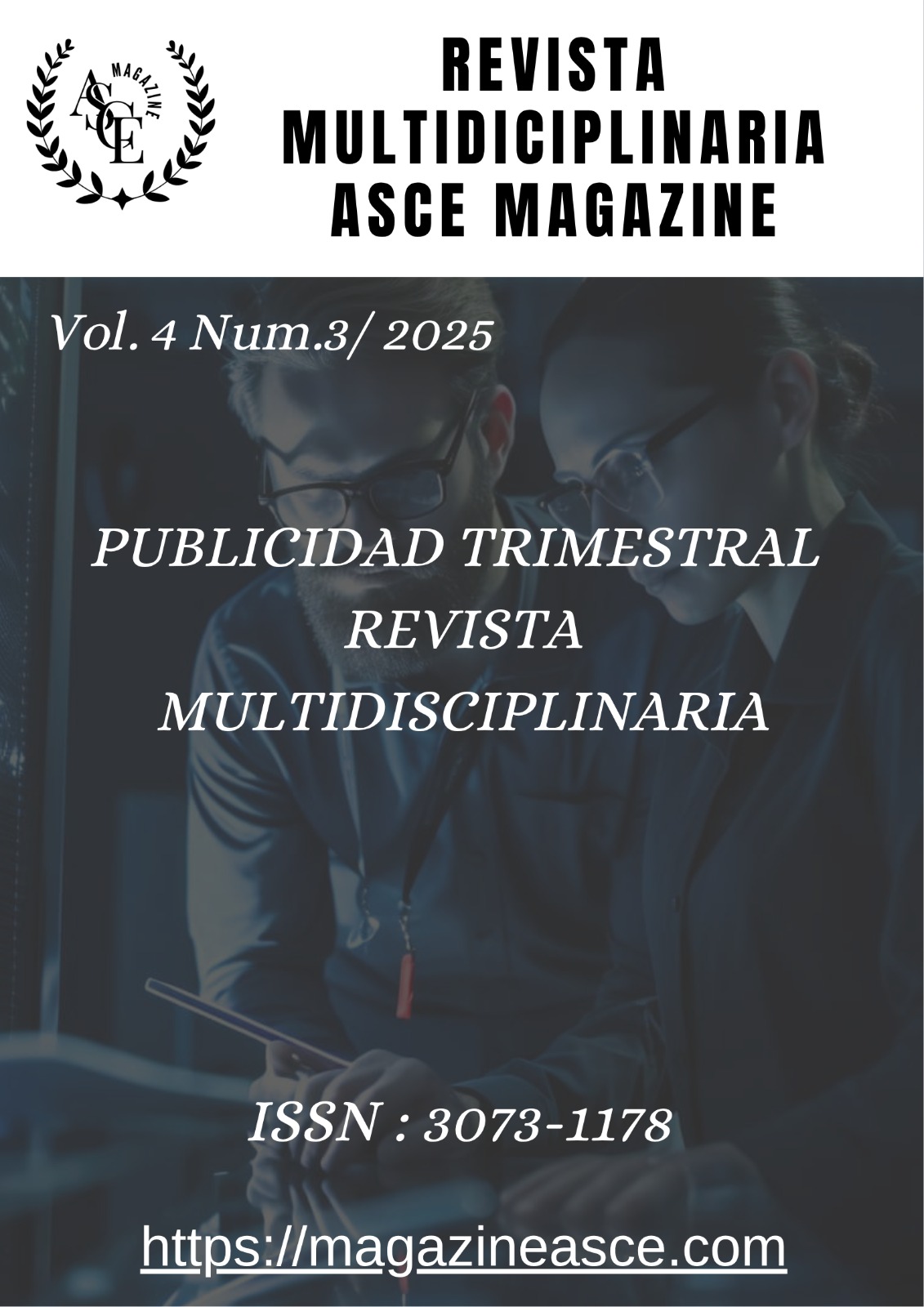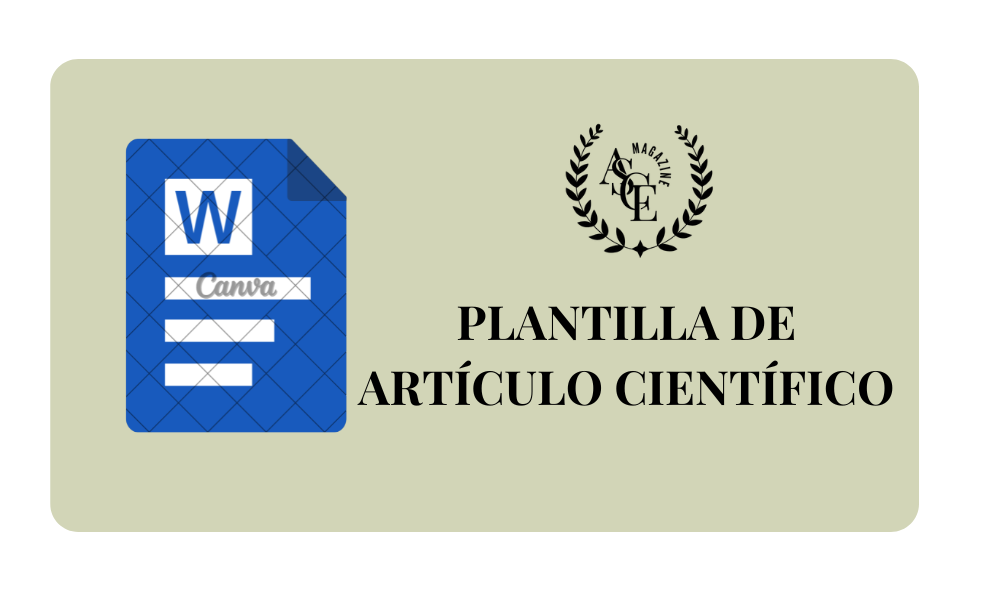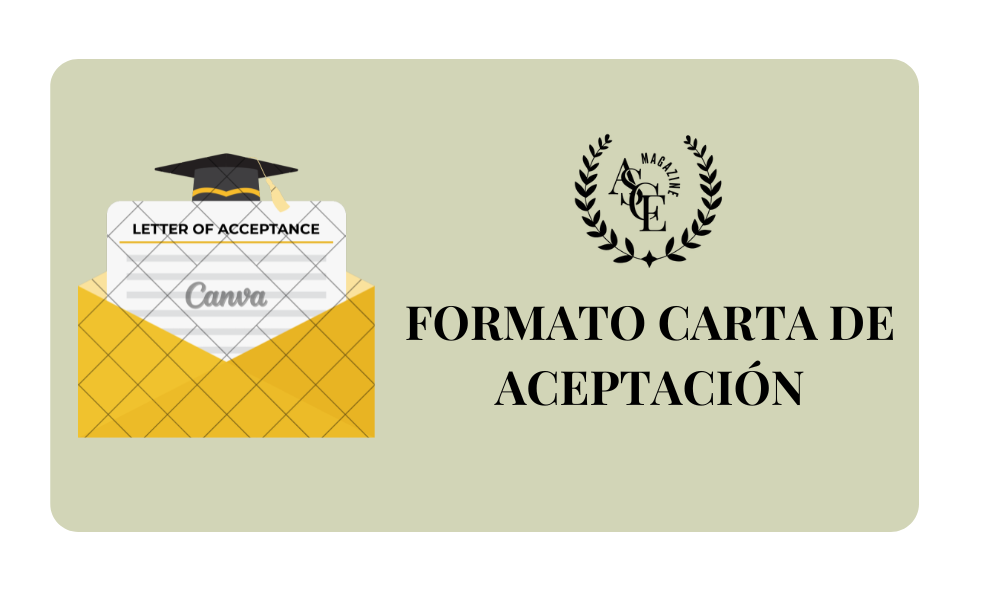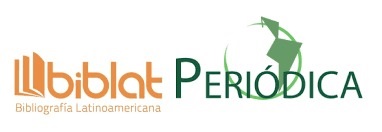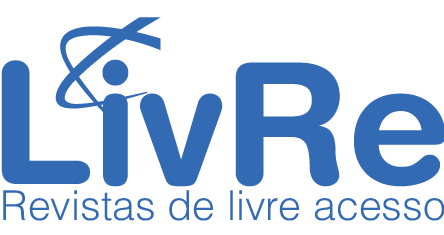Digital Education Through a Visual Campaign to Raise Awareness of Dyscalculia in the Educational Community
DOI:
https://doi.org/10.70577/ASCE/414.432/2025Palabras clave:
Dyscalculia, Educational Graphic Design, Inclusion, Visual Literacy, Digital Campaign.Resumen
The research carried out is raised with the purpose of making dyscalculia visible as a specific learning disorder that, despite its frequency, is still poorly understood in the educational environment through an interdisciplinary approach that articulated graphic design, inclusive education and digital communication, an educational visual campaign was created focused on the NUMI platform and its application in social media. The intervention was based on collaborative methodologies, usability tests with children and a reflective analysis of the perceptions of parents and teachers, which allowed managing the problem from a sensitive, inclusive, and informed perspective. The results demonstrated that using appropriate visual resources along with accessible digital communication strategies can inform and also transform the way in which dyscalculia is perceived and handled in the classroom. In this aspect, the campaign managed to motivate interest, generating dialogue and promoting a deeper understanding of the barriers faced by students living with this disorder. In addition, visual literacy competencies were strengthened, enhancing the value of design as an educational tool. Thus, the results demonstrated that the use of appropriate visual resources, along with accessible digital communication strategies, can inform and also transform the way in which dyscalculia is perceived and confronted in the classroom, generate dialogue and promote a deeper understanding of the barriers faced by students living with this disorder, furthermore, strengthened visual literacy skills enhancing the value of design as an educational tool, therefore, this research shows that graphic design, when applied from a social and collaborative perspective can influence educational change and generate significant impacts at the community level.
Descargas
Citas
Anderson, T., & Shattuck, J. (2012). Design-based research: A decade of progress in education research? Educational Researcher, 41(1), 16–25. https://doi.org/10.3102/0013189X11428813 DOI: https://doi.org/10.3102/0013189X11428813
Ailawadi, R., & Nagpal, A. (2023). Influencer-led educational marketing and user engagement on TikTok. Journal of Business & Industrial Marketing. https://doi.org/10.1108/JBIM-09-2022-0421 DOI: https://doi.org/10.1108/JBIM-09-2022-0421
Brooke, J. (1996). SUS: A “quick and dirty” usability scale. In P. W. Jordan, B. Thomas, B. A. Weerdmeester & I. L. McClelland (Eds.), Usability Evaluation in Industry (pp. 189–194). Taylor & Francis.
Chaffey, D., & Ellis-Chadwick, F. (2019). Digital marketing: Strategy, implementation and practice (7th ed.). Pearson Education.
De la Fuente González, S., Menéndez Álvarez-Hevia, D., & Rodríguez-Martín, A. (2025). Diseño Universal para el Aprendizaje: una revisión sistemática de su papel en la formación del profesorado. Alteridad, 20(1), 195–212. https://doi.org/10.17163/alt.v20n1.2025.10 DOI: https://doi.org/10.17163/alt.v20n1.2025.09
Kaplan, A. M., & Haenlein, M. (2020). Rethinking the value of social media engagement. Business Horizons, 63(1), 9–18. https://doi.org/10.1016/j.bushor.2019.09.003 DOI: https://doi.org/10.1016/j.bushor.2019.09.003
Kaur, P., & Chahal, H. (2020). Social media engagement: An empirical exploration of online engagement drivers in the higher education sector. Journal of Enterprise Information Management, 34(6), 1843–1862. https://doi.org/10.1108/JEIM-03-2020-0110 DOI: https://doi.org/10.1108/JEIM-03-2020-0110
Kotler, P., & Armstrong, G. (2022). Principles of marketing (18th ed.). Pearson Education.
Matamoros Cazares, E. P., & Agramonte Rosell, R. C. (2024). Discalculia en primaria: una revisión bibliográfica de investigaciones recientes en diagnóstico e intervención. LATAM Revista Latinoamericana de Ciencias Sociales y Humanidades, 5(5), 954–957. https://doi.org/10.56775/latam.v5i5.394 DOI: https://doi.org/10.56712/latam.v5i5.2659
Mendoza Ureta, R. S., & Tejeda Díaz, R. (2023). La alfabetización visual en la formación de docentes: revisión sistemática según las directrices PRISMA 2020. Runae: Revista Científica de Investigación Educativa, (8), 16–31. https://revistas.unae.edu.ec/index.php/runae/article/view/747
Traboco, L., Pandian, H., Nikiphorou, E., & Gupta, L. (2022). Designing infographics: Visual representations for enhancing education, communication, and scientific research. Journal of Korean Medical Science, 37(27), e214. https://doi.org/10.3346/jkms.2022.37.e214 DOI: https://doi.org/10.3346/jkms.2022.37.e214
Universidad de Colima. (2022, abril 29). Dos de cada 30 niños y niñas podrían presentar discalculia: Experta. https://www.ucol.mx/noticias/nota_9857.htm
Descargas
Publicado
Cómo citar
Número
Sección
Licencia
Derechos de autor 2025 Elvis Augusto Ruiz Naranjo, Ana Belén Soria Llamuca, Gabriela Maribel Puentes Orozco, Luis Fernando Barriga Fray

Esta obra está bajo una licencia internacional Creative Commons Atribución-NoComercial-SinDerivadas 4.0.
Eres libre de:
- Compartir : copiar y redistribuir el material en cualquier medio o formato
- Adaptar : remezclar, transformar y desarrollar el material
- El licenciante no puede revocar estas libertades siempre y cuando usted cumpla con los términos de la licencia.
En los siguientes términos:
- Atribución : Debe otorgar el crédito correspondiente , proporcionar un enlace a la licencia e indicar si se realizaron cambios . Puede hacerlo de cualquier manera razonable, pero no de ninguna manera que sugiera que el licenciante lo respalda a usted o a su uso.
- No comercial : no puede utilizar el material con fines comerciales .
- CompartirIgual — Si remezcla, transforma o construye sobre el material, debe distribuir sus contribuciones bajo la misma licencia que el original.
- Sin restricciones adicionales : no puede aplicar términos legales ni medidas tecnológicas que restrinjan legalmente a otros hacer algo que la licencia permite.

